In the Studio: Samira Abbassy
“My attempt in depicting the human form is almost like a psychic x-ray, so the n...

AnnieLaurie Erickson is a New Orleans-based artist who was an Artist-in-Residence at the Joan Mitchell Center in Fall/Winter 2020. Dave Greber, Digital Media Lab Assistant at the Joan Mitchell Center, interviewed her about her work and residency experience in May 2021. The following is an edited transcript of their conversation.
My work involves using experimental lens-based processes to visualize and engage with social and environmental research topics. I use very different methods that produce very different aesthetics for each individual project, but at the core of pretty much all of my work is a desire to research and interrogate harmful and extractive capitalist practices, and to try and look at some of the power structures that are exploiting our lives and environment. Most recently, I've been focusing on the fossil fuel industry and surveillance capitalism.
One of my ongoing projects looks at the fossil fuel industry in this region using a photographic method that I developed that mimics the retinal afterimaging process. This is the physiological phenomenon that results in an image continuing to appear in the eyes after looking at the sun or a bright object in the dark. So I've done this through the creation of custom-built cameras and artificial retinas that are able to register the remains of light onto large format color film.
In recent years, I started using this process to look at the fossil fuel industry through afterimaging cameras to render this very toxic landscape as kind of ghostly and unearthly. I often refer to them as vanishing cities that should be perceived as a relic of our destructive past, and not something that continues to be a part of our present or our future.
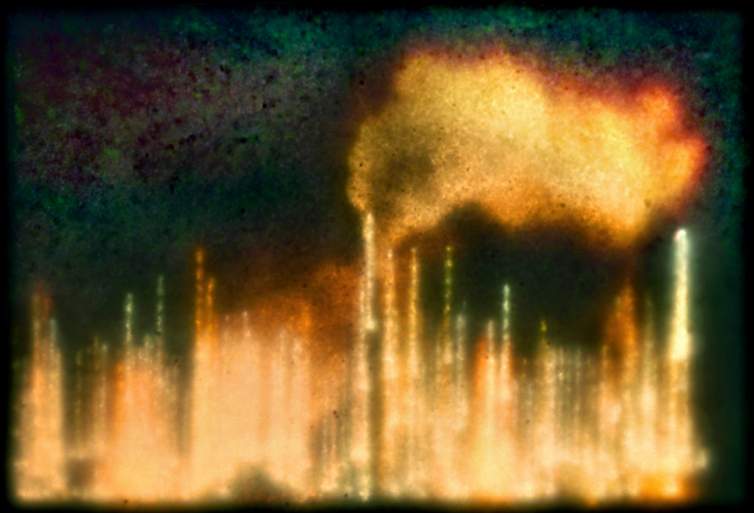
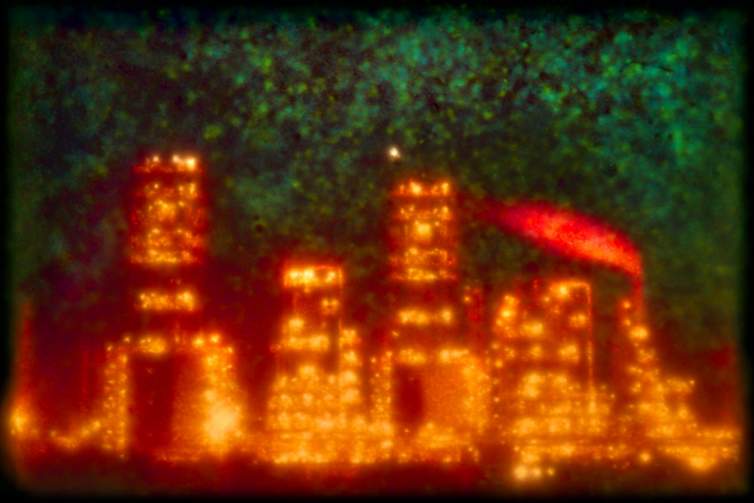
During my residency at the Joan Mitchell Center, I started focusing specifically on the 85-mile stretch of the Mississippi River between Baton Rouge and New Orleans that's known as Cancer Alley. I hadn't had my own private studio for a number of years before I started the residency in September, and so it was a huge deal for me to have a private space that I could go to and be brought a meal. I spent a lot of the first part of my residency mapping and gathering information about how to undertake a river trip in Cancer Alley, and then I was able to actually do that river trip while I was in residence. It was a camping and canoeing trip. I was also seven months pregnant, which was very challenging, but I had a great support team and I traveled down the Louisiana industrial corridor in a small wooden voyager-style canoe in order to photograph the refineries in a new way.
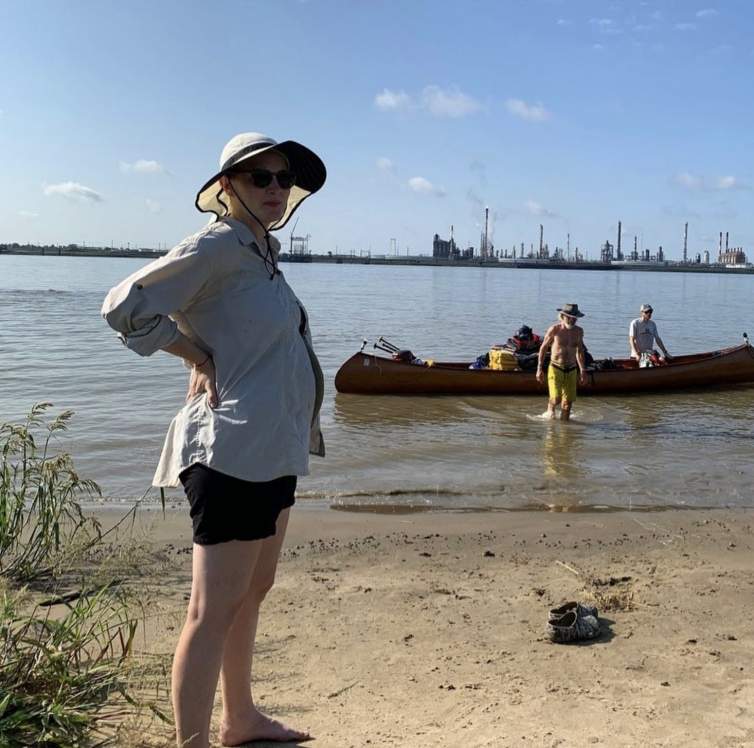
After the river trip, a large part of my residency was devoted to processing that material with the goal of creating a more inclusive representation of all the visible light that this industry emits in Cancer Alley. I undertook the process of making this very long panoramic afterimage, where I'm first making panoramas of each of the petrochemical plants, and then combining them into one very large, very long scroll that's meant to serve as this conceptually aestheticized document that visually represents the entirety of the industry that is currently dominating this stretch of the Mississippi. One of the things I love about photography is that I'm able to make site-specific installations, so I’m sure this piece will exist in a number of different forms over the course of its life, but at full resolution—when I have the opportunity to print it at its more immersive size—it's looking like it's going to be around 150 to 200 feet long at five feet tall.

Being on the river was such an interesting experience in terms of scale because the canoe is so small that you don't show up on the radar of the huge freighters. That was one of the biggest dangers. I was very lucky to have an amazing guide who has dedicated his career to becoming an expert river guide. His name is John Ruskey. So, I felt like I was in very capable hands. That was the saving grace of the entire situation. Weather is also a huge factor, we kept having to schedule and reschedule the trip to navigate those variables.
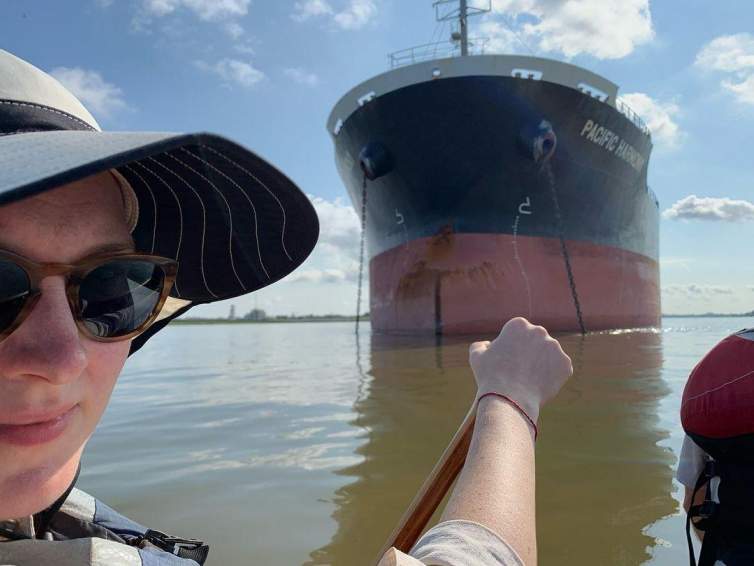
One thing that was interesting was although there were other kinds of adventurous or dangerous aspects to this trip, I didn't have to deal with police and security in the same way that I often do. I never intended to have such an adventurous practice, but when I honed in on the idea of looking at power structures that often go unseen, I didn't realize at first that it would mean a lot of my job as an artist would be dealing with security. Having to navigate talking to cops, talking to Google police, talking to oil refinery security… But it is what it is, and if you want to help reveal power structures and photograph and probe them, you end up spending a lot of your time dealing with red tape.
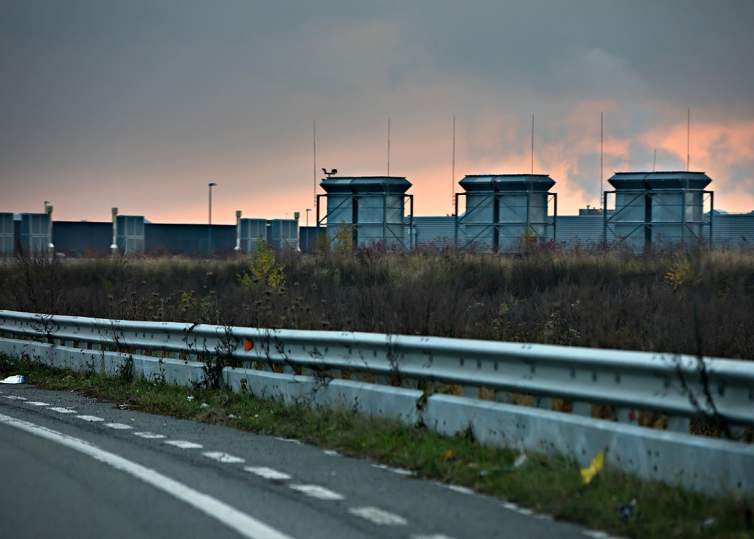
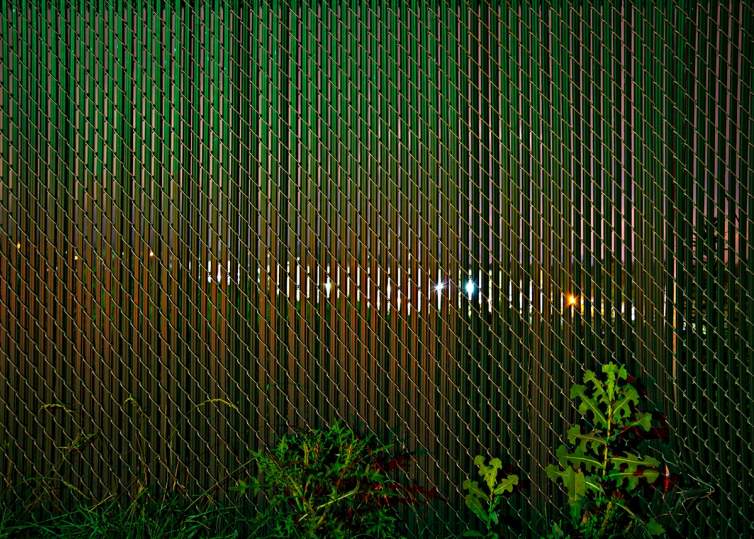
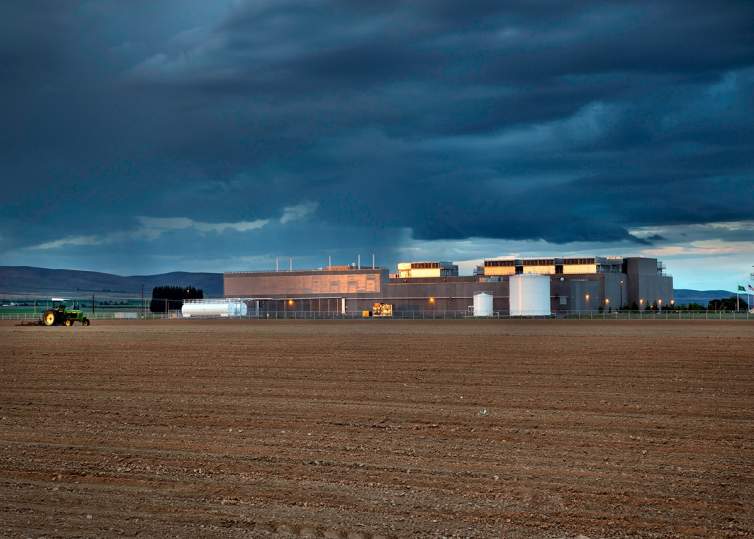
The river trip was adventurous in a whole new way because we were on the river. So we didn't have any major interactions with security because they don’t police the river in the same ways they do the land. But then there were other factors that we were navigating the whole way. The physical challenges happening in my own body were the single most difficult factor for me. Having had two babies now, I feel very protective of not letting toxins in my body when I'm pregnant, more so than when I'm not pregnant. So to be in the midst of this insane toxicity — I mean, we were directly in the pour out from Dow Chemical. The smell was so intense. I definitely had some fear with that, but we were careful and my baby is healthy.
Experiencing that part of the river in that way really changed the way that I think about the river, and the way that I think about this work. It's hard to pinpoint, but it was so beautiful in unexpected ways. We camped on an island one night. It was clear that it should be a nature preserve. It felt so wrong that I could throw a rock from this beautiful island to Dow Chemical, and smell what you can safely assume are really harmful pollutants. But the river guide would still swim in the water. I think most people wouldn't. My interpretation was that he felt so connected to the river that he was just like, "Well, if the river is absorbing these toxic things, so am I. We are one." But that did make me worry less, that he was alive and well and still swimming.
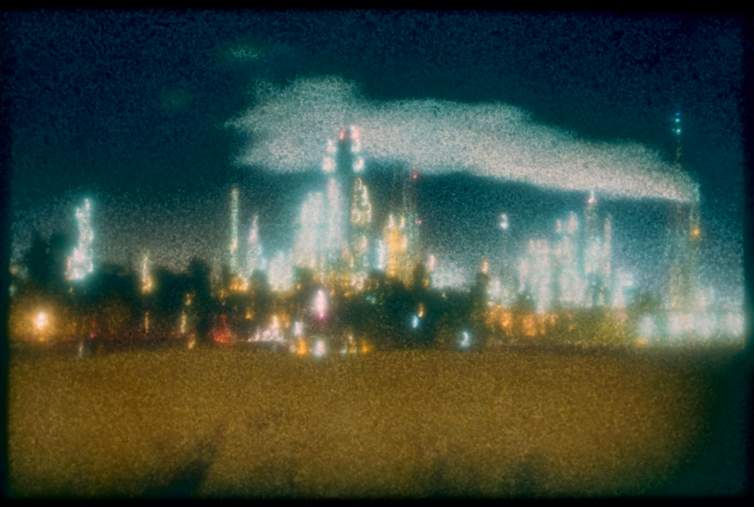
As an artist, I’m drawn to making things that I find to be beautiful, and sometimes it feels at odds to be making something beautiful of something that's also so horrific and harmful. But I still believe that beauty is a very effective access point into complex and difficult issues.
I also consider my job as an artist to largely be about asking questions, but then sometimes we are asked to give our opinions about answers. I think at the end of the day, we need government regulations, right? We can't let these corporations continue to capitalize on our lives and our psyches in the way that they have been able to, unfettered.